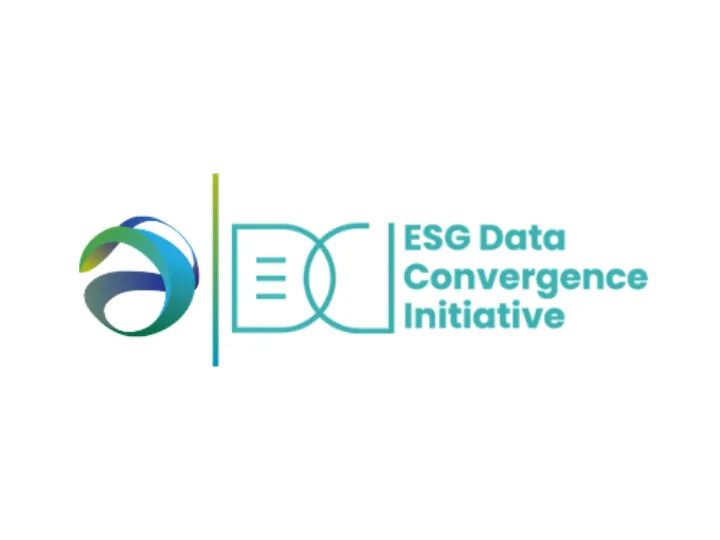

Spotlights
GHG Emissions Accounting

In the last 200 years, economic and technological innovations have increased average living conditions to standards unknown to the world before the start of the Industrial Revolution. By practically any metric – child mortality, infectious disease contagion, or just basic day-to-day experiences – billions of people have escaped poverty across the globe.
Yet, human progress has not moved forward without repercussions. The extraction, production, and burning of fossil fuels for energy consumption has played a key role in powering the great economic successes of the last two centuries. However, the release of millions of tons of carbon and other greenhouse gas (GHG) emissions from burning of fossil fuels has raised global temperatures; climate change, unfortunately, is a consequence of human innovation and threatens to leave the world too ecologically damaged for future generations.
Alas, good news may finally be upon us. According to the Climate Analytics Organization, “a global climate science and policy institute engaged around the world in driving and supporting climate action”, we may have finally turned the corner. According to Climate Analytics: “We find there is a 70% chance that (global) emissions start falling in 2024 if current clean technology growth trends continue and some progress is made to cut non-CO2 emissions. This would make 2023 the year of peak (GHG) emissions.”
In their scenario analysis, also referred to as the "continued acceleration" scenario, the global renewable energy transition, characterized by the rapid deployment of wind, solar, and EVs (electric vehicles), is finally starting to have a positive impact on lowering global GHG emissions. Based on their current projections, wind and solar would provide around 37% of global electricity generation by 2030 and over 80% by 2050. EVs would grow to represent 90% of global car sales by 2030 and approach 100% by 2035. By the mid-21st century we may eliminate global GHG emissions.
This is of course only a projection, and much work remains to be done.
A key component of proliferation requires businesses to track greenhouse gas emissions; it’s important to know where the greatest risks within our economy are. But as the renewable energy transition takes shape it’s also necessary to track these emissions if we’re to accurately measure progress over time. The benefits companies receive from tracking GHG emissions include regulatory compliance, economic advantages, market opportunities, and increased investor and stakeholder confidence.
For many companies, identifying their emission sources and defining the organizational boundaries of their company (i.e., defining what emissions they are actually responsible for) is the first challenge to overcome. The Greenhouse Gas Protocol (GHGP) is an internationally recognized framework to help companies in this process. According to the GHGP, there are three “scopes” of emissions sources:
Scope 1 emissions refer to direct emissions from resources owned and controlled by a company. These emissions are released into the atmosphere as a result of specific activities carried out by the company. All fuels that produce greenhouse gas (GHG) emissions must be accounted for in scope 1. Scope 1 emissions include mobile combustion (i.e., fleet emissions), fugitive emissions, process emissions, and stationary combustion sources such as fuel burning heating sources or stationary fuel burning equipment.
Scope 2 emissions, on the other hand, are indirect emissions resulting from the generation of purchased energy from a utility provider. This includes GHG emissions released into the atmosphere through the consumption of purchased electricity, steam, heat, and cooling. For most organizations, electricity is the primary source of scope 2 emissions.
Scope 3 emissions encompass all other indirect emissions that are not included in scope 2. These emissions occur throughout the value chain of the reporting company, including both upstream and downstream emissions. Scope 3 emissions are linked to the company's operations but occur outside of its direct control. The GHGP categorizes scope 3 emissions into 15 distinct categories. Typical scope 3 categories include emissions associated with business travel, employee commuting, waste disposal, purchased goods and services, outsourced transportation and distribution, capital goods, leased assets, use of a product or service sold, and product end of life disposal.
Once the organizational scopes of emissions sources are identified, a company can convert the energy usage of their operations into specific emissions calculations. It’s important to note that once the organizational boundaries of a company’s emissions scopes are determined, the continuous monitoring and updating of emissions data over time is imperative. Without regular monitoring, a company cannot determine where its greatest risks are, track progress, or provide transparency to important stakeholders.
Tracking scope 3 emissions is the most difficult of the three scopes to track because scope 3 emissions span the full value chain. It requires companies to work directly with their value chain partners to quantify emissions. Many companies may question the efficacy of this. Afterall, why should they be responsible for tracking and reporting the emissions of their value chain partners?
Doing so helps identify where major emissions sources are being generated as a result of economic activity. For example, if your company is responsible for 5% of the revenue received to that other business, then the subsequent emissions generated by that business would not have occurred had it not been for the transactions they are generating with your company. Ultimately, it’s not just about holding companies accountable, it’s also about ensuring the clearest picture of where and how these emissions are generated.
At Aeterra, we have both the resources and expertise to help our clients navigate this landscape. Aeterra has assisted its clients to identify and inventory the relevant emissions sources to the business. Our Workspace software platform is designed to help our clients aggregate and categorize their different emissions sources. This includes tallying their full enterprise-wide emissions totals and providing real-time data composite snapshots. Our team of experienced sustainability professionals offer a full range of expertise and guidance to ensure the clearest path forward for our clients. We’re here to help and act as a partner to our clients as they work towards solving GHG accounting challenges.
Additional Insights









